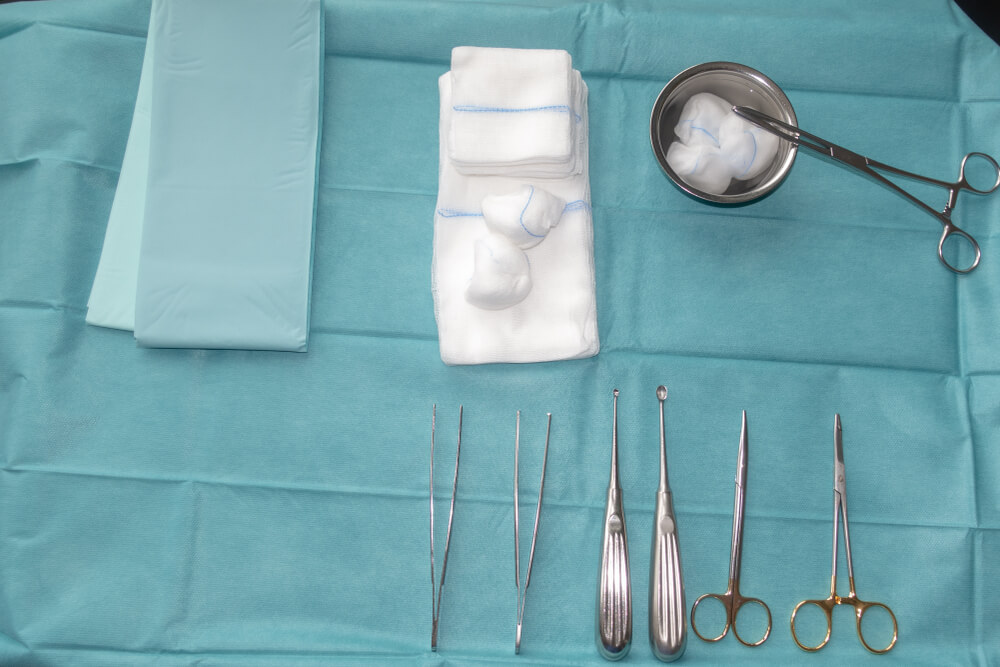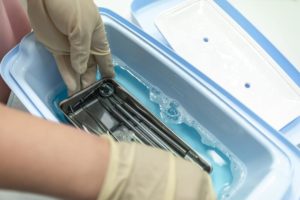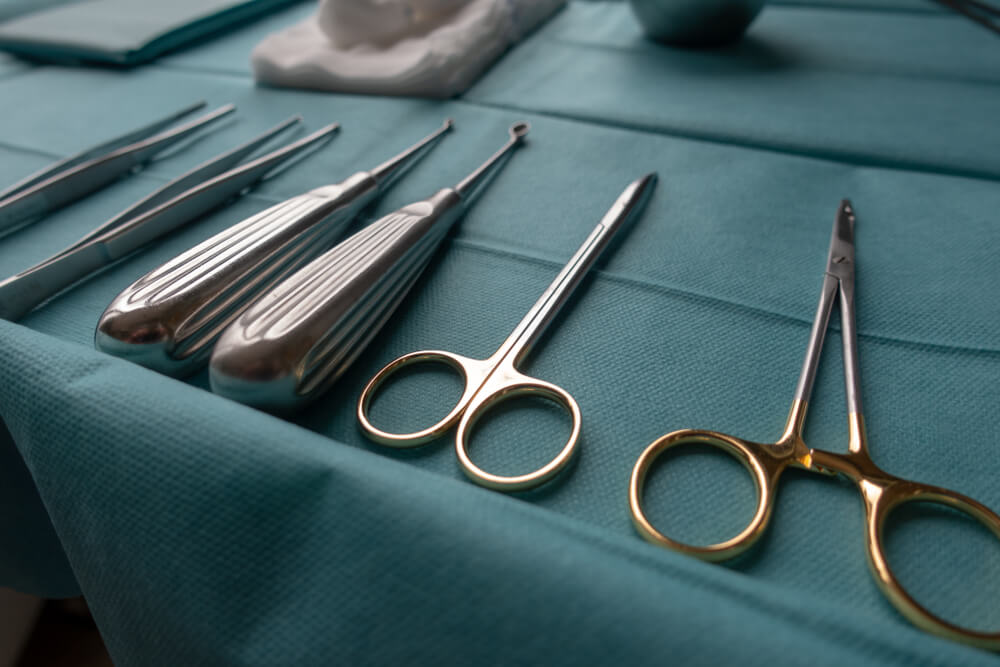
07 Sep Best Practices for Instrument Reprocessing in Medical Practices
Reprocessing medical devices properly can prevent infections, boost the quality of health care services and avoid malpractice cases. While this process is vital, many medical facilities don’t follow the proper steps.
A study shows that 57% of workers responsible for instrument processing don’t have the skills needed for their job. In addition, about 56% of surgical devices had contaminants after reprocessing. To ensure that your practice doesn’t contribute to these statistics, here are the best practices for handling contaminated devices.
Instrument Transportation
Many medical devices contact bacteria and viruses during use and subsequent transportation. Improve your instrument reprocessing measures by following key steps. For example, wear personal protective equipment (PPE) when handling contaminated instruments. This will prevent pathogen exposure and transfer. Use leak-proof containers with a locking lid to prevent contact injuries and potential environmental contamination. The Occupational Safety and Health Administration (OSHA) also requires biohazard symbols on the transport containers to warn handlers.
Instrument Cleaning and Inspection
Once instruments arrive at the reprocessing site, clean them as soon as possible to prevent drying of organic material. If this isn’t possible, then use a commercial product that will keep the instruments moist until they can be cleaned. Further, ensure you use the proper PPE and cleaning products. The first reprocessing step is to rinse off any commercial transporting or wetting agents that were used, if indicated by the product manufacturer.
When cleaning medical devices, follow the manufacturer’s instructions for all products used and instruments, such as:
- Brush type (metal versus soft bristles) and size (for lumens)
- The appropriate detergent
- Water quality
- Water and detergent mixture temperature
- Dilution
After cleaning medical tools, rinse, dry, and inspect them. If instruments aren’t dry, water droplets can ‘hide’ defects or debris. A thorough inspection includes looking for detergent residue, debris and damage or defects in the instrument. Further, lubricate hinged devices with an instrument lubricant. You should also identify the tools that need repair and separate them from the rest according to your facility policy. The last step in this phase is packing the instruments for the next stage.
Instrument Sterilization
Sterilizing medical instruments destroys all microorganisms on all surfaces the sterilant contacts. When sterilizing instruments, always load the sterilizer according to the sterilizer manufacturer’s instructions. Although this is important for all sterilizers, proper loading of table top sterilizers can vary based on the manufacturer.
Another good practice is to place pouches on the long edge in the sterilizer, ensuring they face the same direction. You should put wrapped trays in or on the sides based on the design. Other best practices for instrument sterilization are:
- Always follow the manufacturer’s instructions
- Use steam sterilization where possible
- Use the proper sterilization cycle for each device
Once you sterilize the devices, ensure they dry properly. Generally speaking, steam sterilizers usually require at least 30 minutes of drying time for wrapped or packaged instruments. The drying cycle should never be interrupted since this can lead to wet instruments, which can become contaminated due to wicking action through the wrappers or pouches.
Instrument Packaging
Packing instruments with suitable material or containers will keep them sterile. Always use FDA-approved products during this step for quality assurance. Double wrap cassettes or trays with sterilization wraps. It’s also best to use peel pouches for lightweight instruments like scissors.
Another vital step when packaging instruments is using an internal chemical indicator. This can help identify sterilization failures and lower infection risks. If you are reprocessing implants, you should use Class 5 chemical indicators.
Instrument Storage and Delivery
After sterilizing devices, inspect all packages. This process will help you check if the external chemical indicator changed to the proper color. Once you complete the infection prevention inspection, store the sterile packages in a clean, dry area. You may then start distributing the instruments as needed.
The time you can store sterilized tools before use depends on many factors, which include:
- The storage conditions
- Quality of the sterile packaging material
- Condition during transport
- Handling measures
- Manufacturer’s instructions for packaging materials
Since such factors will affect instruments’ safety, always inspect before distribution. Here, check for damaged packaging, signs of fluid spills, or opened packages. If you identify such issues, avoid using the devices until you reprocess them.
Quality Assurance
When reprocessing instruments, verify sterility using three indicators. These are physical, biological, and chemical. Physical indicators record the pressure, time, and temperature after each cycle. On the other hand, chemical indicators check exposure to specific conditions.
Biological indicators (BIs) will confirm if the sterilization cycle was sufficient to kill a spore forming organisms. These are vital when checking implants for sterilizer failure. Use BIs at least once weekly or more often for busy practices, clinics or ambulatory surgery centers. A BI must be run with every load that contains implants. Keep sterilizer printouts in your infection prevention records. Other quality assurance tips to use in your practice are:
- Use Class 5 integrating chemical indicators in every package
- Ensure you load and package reprocessed tools correctly
- Use Class B sterilizers in the pre-vacuum cycle
Improve Instrument Reprocessing With Infection Control Results
Consulting an expert can improve instrument reprocessing practices. At Infection Control Results, we help l practices boost safety. Our consultants will create infection prevention programs based on your needs. They will also ensure you observe the best practices for instrument reprocessing. Contact Infection Control Results today for a consultation.


